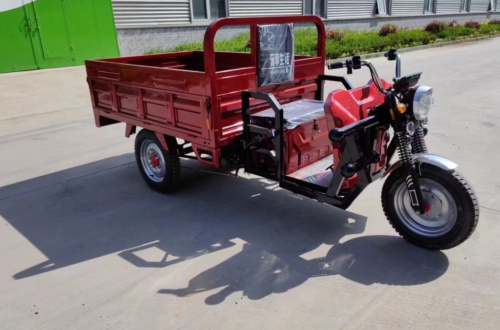Diaper Materials: Innovations and Sustainability in Modern Baby Care
# Diaper Materials: Innovations and Sustainability in Modern Baby Care
The evolution of diaper materials has been a cornerstone in modern baby care, offering convenience, comfort, and sustainability. As parents become more environmentally conscious, the demand for eco-friendly diaper options has grown significantly. This article explores the latest innovations in diaper materials and how they contribute to a more sustainable future.
## Traditional Diaper Materials: A Brief Overview
Traditional disposable diapers are typically made from a combination of synthetic materials, including:
– Polypropylene (outer layer)
– Polyethylene (inner layer)
– Superabsorbent polymers (SAPs)
– Wood pulp (fluff pulp)
While these materials have been effective in providing dryness and comfort, they pose significant environmental challenges due to their non-biodegradable nature.
## The Shift Towards Sustainable Diaper Materials
In response to environmental concerns, manufacturers are now exploring alternative materials that are both effective and eco-friendly. Some of the most promising innovations include:
### 1. Biodegradable Materials
Biodegradable diapers are made from plant-based materials such as:
– Bamboo fibers
– Cornstarch-based plastics
– Organic cotton
These materials break down more quickly in landfills, reducing their environmental impact.
### 2. Recycled Materials
Some companies are incorporating recycled materials into their diaper production, such as:
– Recycled plastics
– Post-consumer waste fibers
This approach helps reduce the demand for virgin materials and minimizes waste.
### 3. Compostable Diapers
Compostable diapers are designed to decompose in industrial composting facilities. They often feature:
– Plant-based outer layers
– Biodegradable absorbent cores
– Natural adhesives
## Challenges and Future Directions
While sustainable diaper materials offer numerous benefits, there are still challenges to overcome:
– Cost: Eco-friendly materials can be more expensive than traditional options.
– Performance: Ensuring that sustainable diapers provide the same level of absorbency and comfort as traditional ones.
– Infrastructure: The need for proper composting facilities to handle biodegradable and compostable diapers.
Despite these challenges, the future of diaper materials looks promising. Continued research and innovation are likely to yield even more sustainable and effective options, making eco-friendly diapers more accessible to all parents.
## Conclusion
The evolution of diaper materials reflects a broader shift towards sustainability in modern baby care. By embracing biodegradable, recycled, and compostable materials, the industry is taking significant steps towards reducing its environmental footprint. As technology advances and consumer demand grows, we can expect even more innovative solutions that prioritize both the well-being of babies and the health of our planet.
Keyword: Diaper Materials


